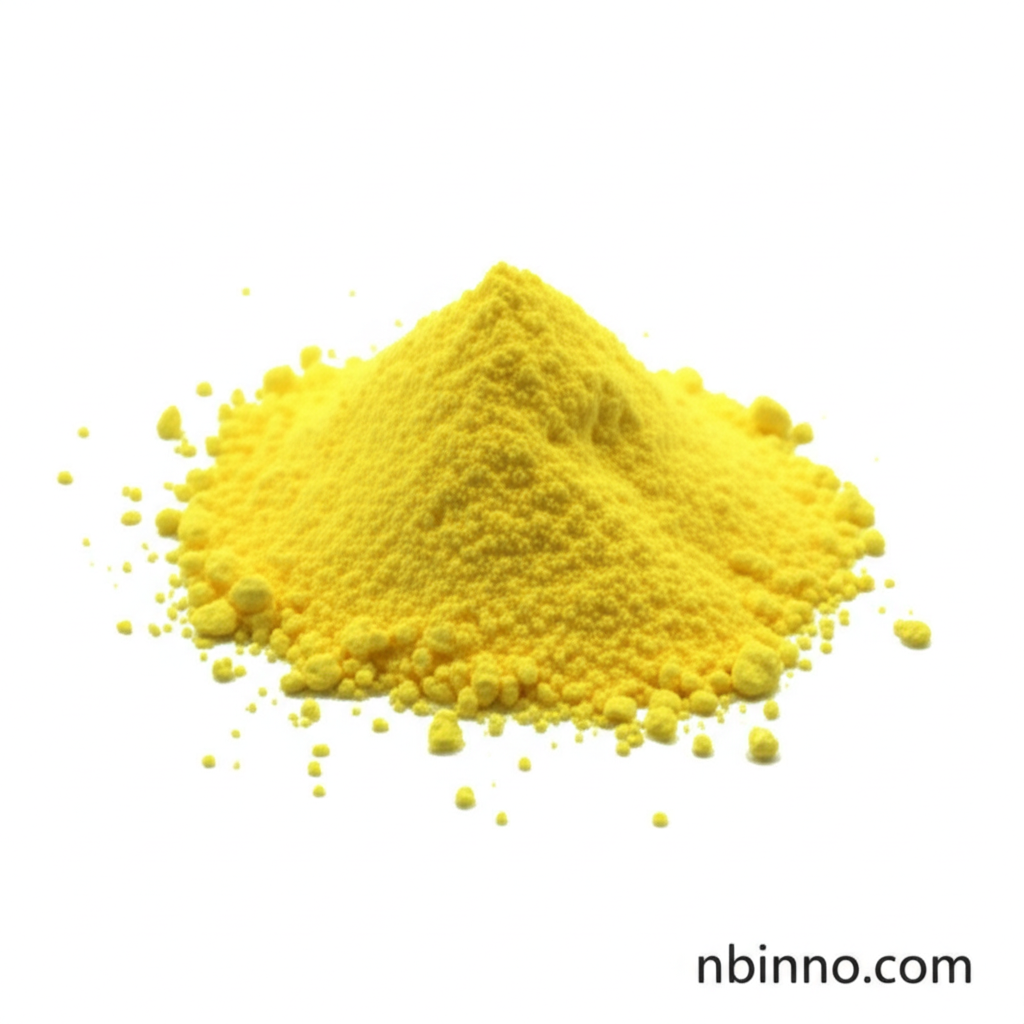Discover 1-Pyrenebutyric Acid: A Fluorescent Probe for Advanced Biochemical Research
Explore the unique properties and applications of 1-Pyrenebutyric Acid (CAS 3443-45-6), a key fluorescent probe for cutting-edge biochemical studies and material science innovations.
Get a Quote & SampleProduct Core Value

1-Pyrenebutyric Acid
We are a trusted supplier in China, offering high-purity 1-Pyrenebutyric Acid, also known as 4-(Pyren-1-yl)butanoic acid. This compound is highly valued for its fluorescent properties, making it an indispensable tool in various scientific research fields. As a leading manufacturer in China, we ensure consistent quality and reliability for your critical experiments.
- Leverage our high-purity 1-Pyrenebutyric Acid for precise biochemical research applications.
- Utilize this versatile chemical intermediate for advanced drug delivery system development.
- Incorporate the unique fluorescence of 1-Pyrenebutyric Acid into your cellular imaging projects.
- Source CAS 3443-45-6 reliably from a reputable supplier for your research needs.
Advantages Provided by the Product
Exceptional Fluorescence
The intrinsic fluorescence of 1-Pyrenebutyric Acid allows for sensitive detection and tracking in complex biological systems, greatly aiding in understanding intricate biochemical processes.
Chemical Versatility
With its carboxylic acid group, this compound readily participates in chemical modifications, enabling the creation of tailored probes and conjugates for specific research goals.
Broad Application Scope
From protein and nucleic acid studies to materials science, the diverse applications of 1-Pyrenebutyric Acid make it a valuable asset for researchers across multiple disciplines.
Key Applications
Biochemical Studies
The fluorescent nature of 1-Pyrenebutyric Acid makes it ideal for studying protein-lipid interactions and other vital cellular processes, contributing to deeper insights in life sciences.
Cellular Imaging
Researchers can employ this compound for visualizing cellular structures and dynamics, enhancing our understanding of cellular mechanisms and disease progression.
Drug Delivery Research
Its structure allows for incorporation into drug delivery systems, potentially improving targeting and efficacy, which is crucial for developing new therapeutic strategies.
Fluorescence Applications
Beyond biological contexts, its fluorescent properties are valuable in developing novel sensors and advanced materials, driving innovation in nanotechnology and beyond.
